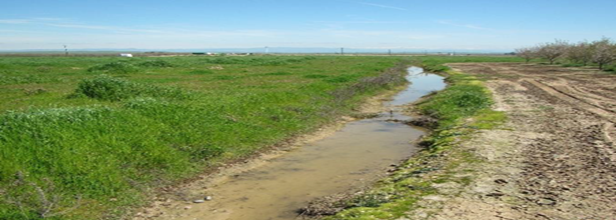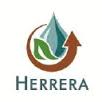News

EPA Fines Owner of San Joaquin Valley Almond Orchard for Clean Water Act Violations, Orders Restoration of Wetlands
Feb 08, 2022
SAN FRANCISCO – Today, the U.S. Environmental Protection Agency (EPA) announced a settlement with Edward Lynn Brown, owner of an almond orchard near Merced, California, for violations of the federal Clean Water Act that impacted more than two acres of rare vernal pool wetlands . The settlement requires Brown to pay $212,000 in civil penalties and restore and preserve 15 acres of wetland habitat.
On March 14, 2019, EPA inspected the site. Inspectors determined that earth-moving activities by Brown had discharged fill material into waters that flow into the San Joaquin River. This work had been undertaken without obtaining a Clean Water Act Section 404 permit from the U.S. Army Corps of Engineers.
“Grading and filling wetlands of the San Joaquin River Valley without proper permitting impacts water resources and endangers California’s unique native plants and animals,” said EPA Pacific Southwest Regional Administrator Martha Guzman. “In a time of drought and climate change, it is essential to protect these rare and vital water resources and habitats from destruction.”
Brown’s earth-moving activities from 2016 to 2020 involved building a retention basin and access roads and planting a new almond orchard. The impacts from these activities resulted in the degradation of over two acres of vernal pool wetlands adjacent to Parkinson Creek, a tributary of the San Joaquin River that bisects the ranch. This work violated provisions of a previous 2014 EPA Order, which had required Brown to notify the U.S. Army Corps of Engineers of any proposed activity that may impact local water systems.

A pond on the almond orchard that provides critical wetland habitat impacted by soil and sediment disturbances. (EPA photo)
To mitigate these negative environmental impacts, under this settlement Brown has agreed to develop a plan for removing 1.9 acres of fill material, restoring, and enhancing 2.44 acres, and preserving 12.66 acres within an 81.39-acre area within the orchard.
Contact Information: Joshua Alexander, 415-972-5940, [email protected]
###
For more information on enforcement of Clean Water Act Section 309 visit: https://www.epa.gov/cwa-404/clean-water-act-section-309-federal-enforcement-authority.
To view information on the 2014 Clean Water Act enforcement action, visit: https://archive.epa.gov/epapages/newsroom_archive/newsreleases/f7437d2c778475d685257d94006344bc.html.
To view the 2014 public notice, visit: https://19january2017snapshot.epa.gov/www3/region9/enforcement/pubnotices/pubnotice-merced-ranch.html.
To view the proposed settlement, visit: https://www.epa.gov/publicnotices/edward-lynn-brown-merced-ca-proposed-settlement-cwa-section-309g-class-ii
To view the Consent Agreement and Final Order, visit: https://www.epa.gov/ca/cwa-09-2022-0007-edward-lynn-brown-merced-ca-proposed-settlement-cwa-section-309g-class-ii
Learn more about EPA’s Pacific Southwest Region. Connect with us on Facebook and on Twitter.
This was an excellent course









































































































